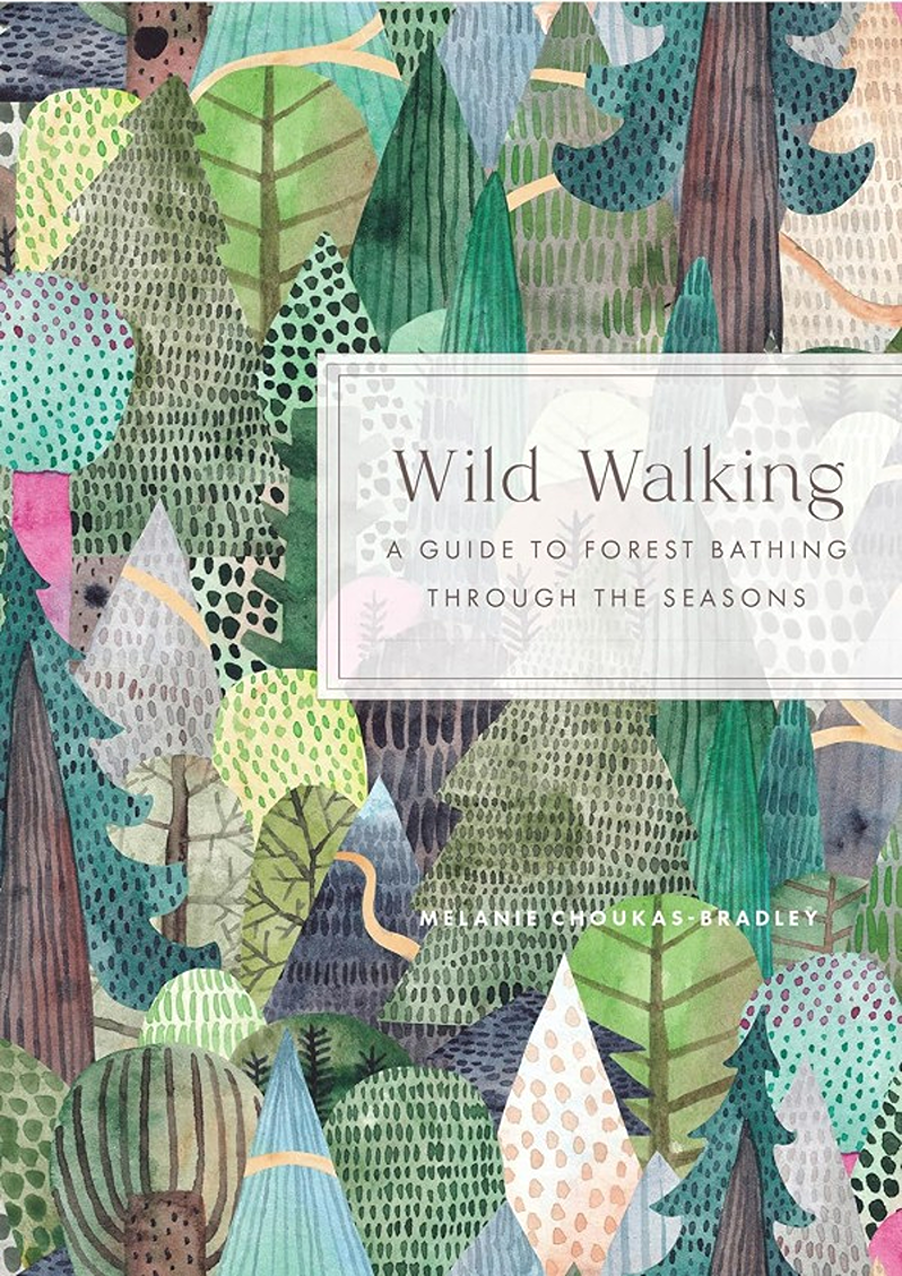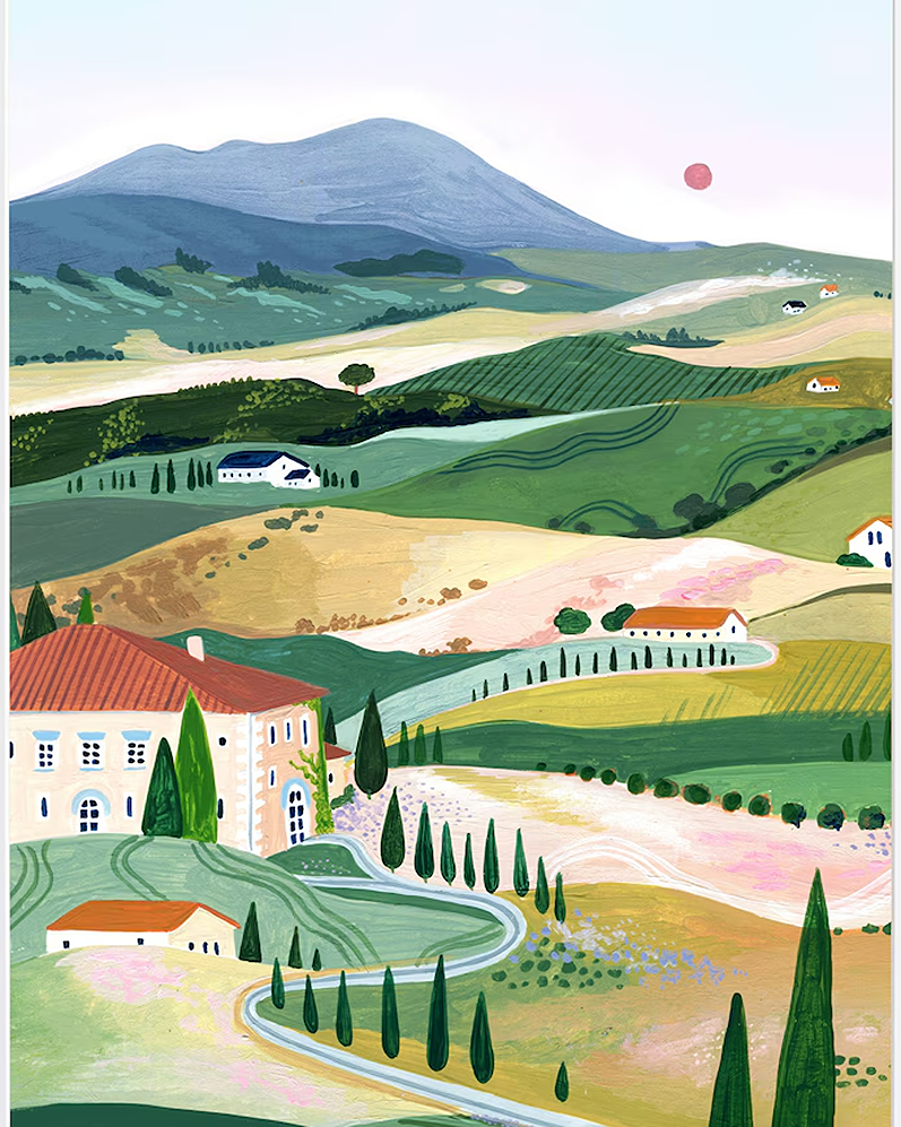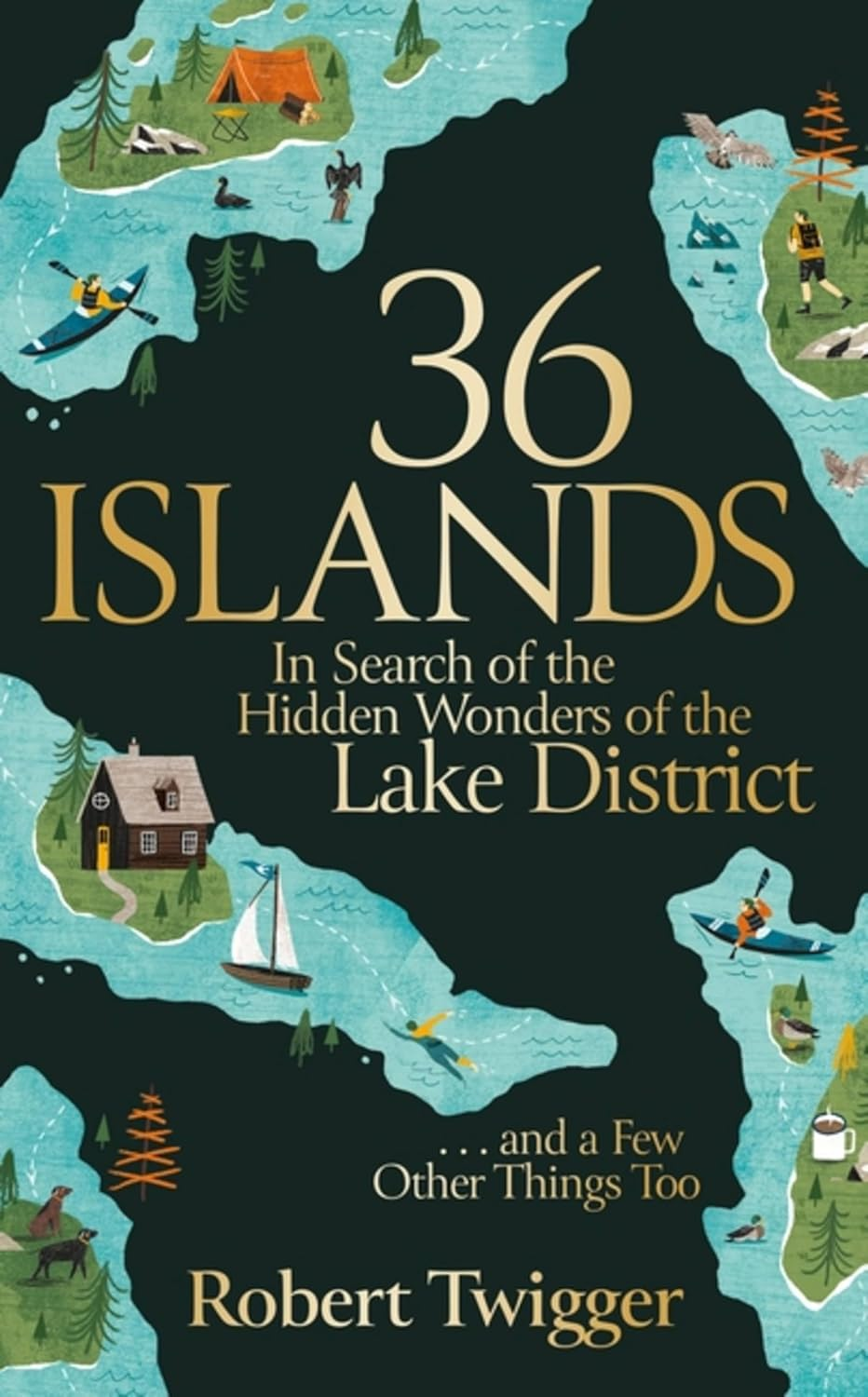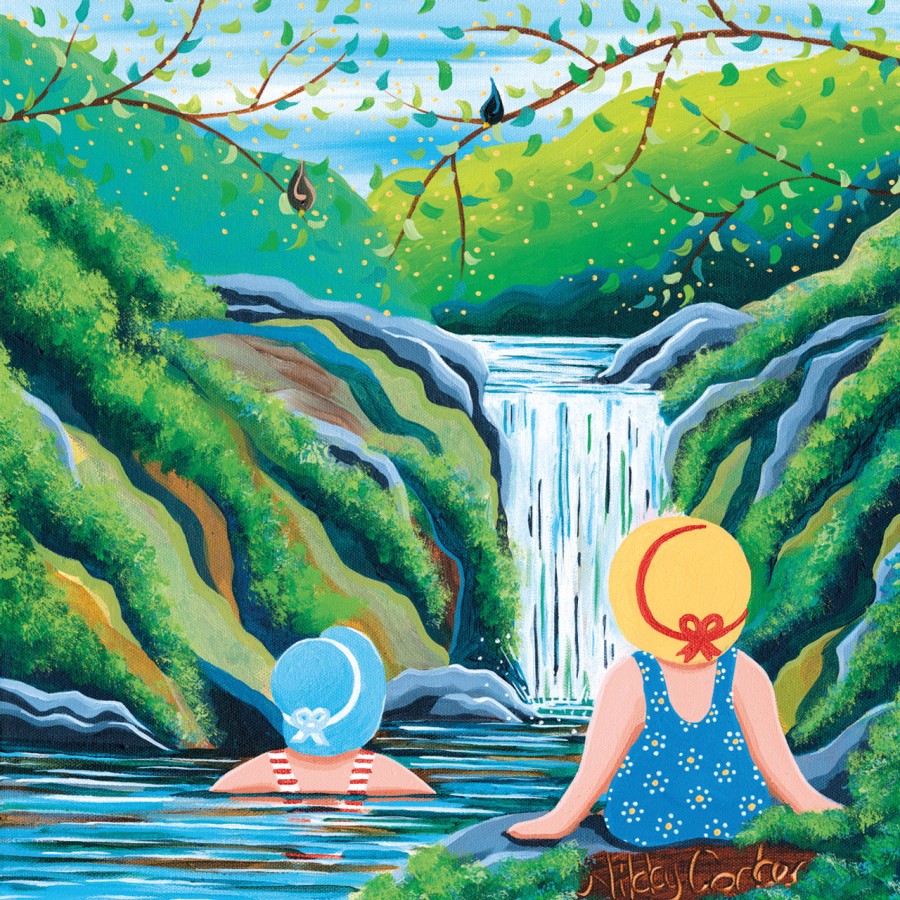Why the Moon is So Important to Wild Creatures
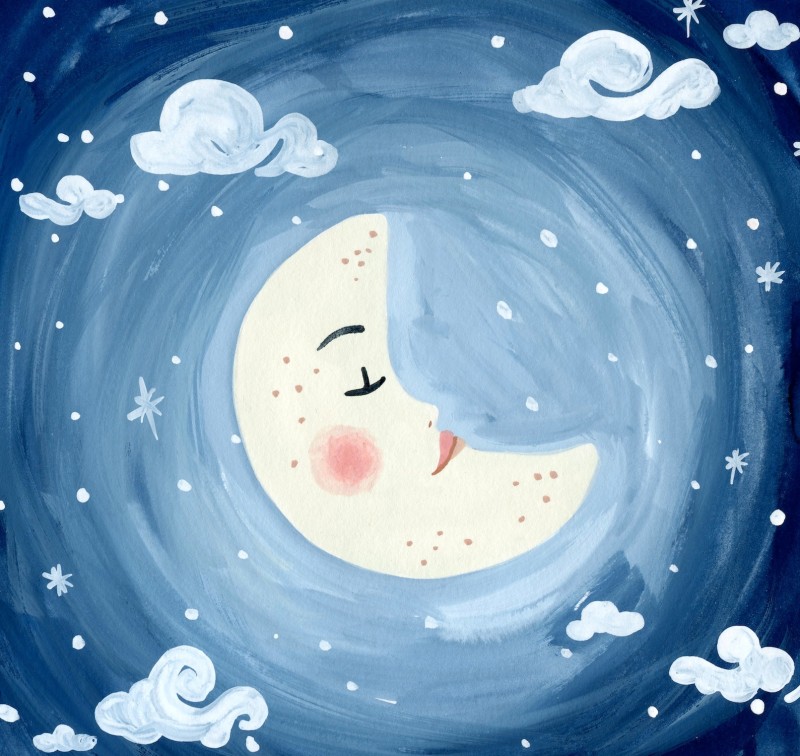
Today England is suffering a lot of from light pollution. This means 24-hour lit car parks and supermarkets, broken street lights that never go off at night (report at Fix My Street). White street lamps attract insects (which should be in the natural world, providing food for birds and mammals).
We can all help by turning off lights when not in use (and using blinds and task lights). Read more tips to help stop birds flying into windows. Councils and businesses can order wildlife-friendly lights from Dark Sky Lighting.
When towns replace night skies (with stars) with too much artificial light, wild creatures (that depend on the moon for survival) can’t see our lunar friend. This ends up affecting everything – from finding food to migration.
Some examples of how light pollution is affecting wildlife:
Birds are waking up at midnight (thinking it’s morning at beginning to sing). Birds don’t sing for our benefit, they are nearly always singing to find a mate. So they end up breeding at the wrong times, and this can affect the survival of chicks in nests.
Stag beetles use the moon to navigate. They are one of England’s most endangered creatures. A good reason to practice no-dig gardening (to avoid forks and spades harming the big grubs you see in soil – they are baby stag beetles). Earthworms will thank you too!
Abroad, sea turtles (who always return to where they were born to give birth) have even been found trying to make their way to multi-storey car parks to lay their eggs). All they see is a bright light, so think it’s the moon.

